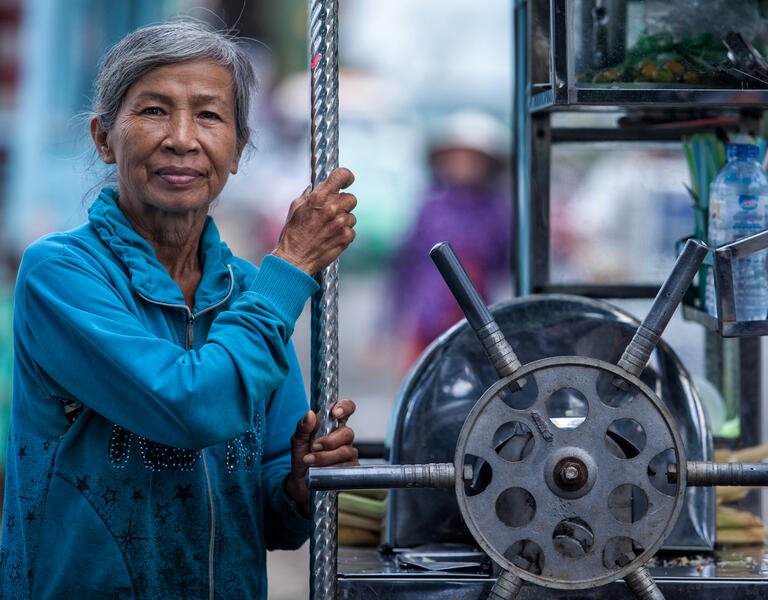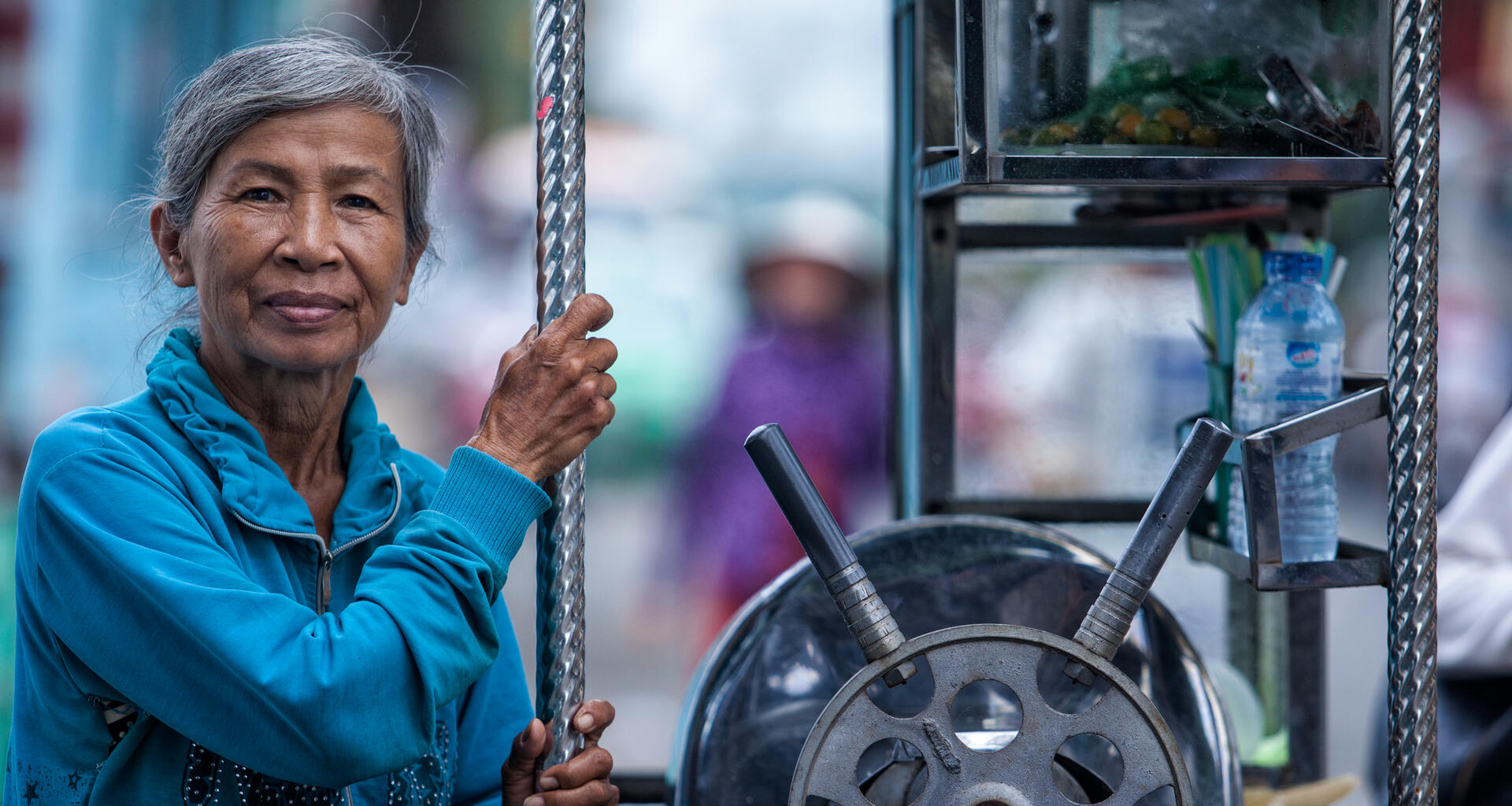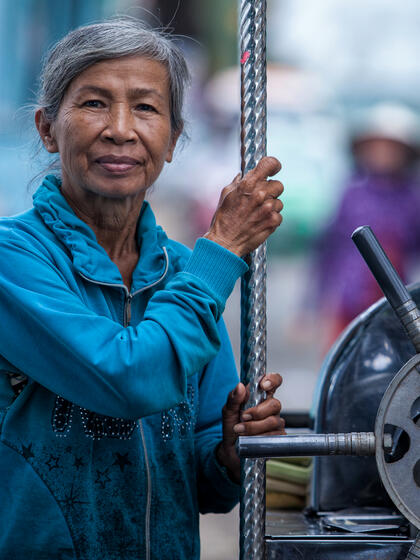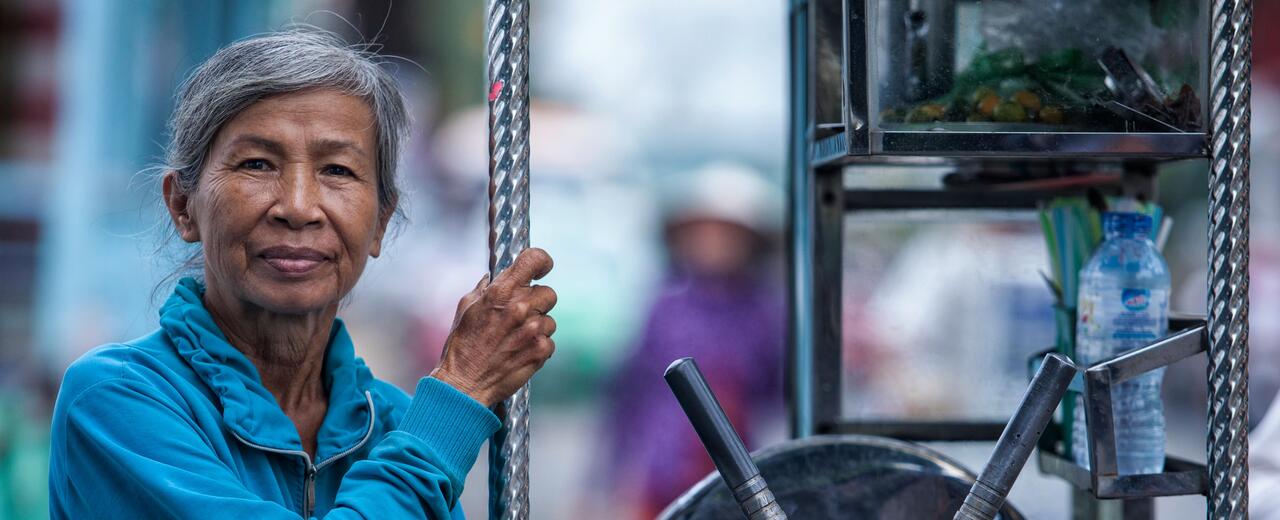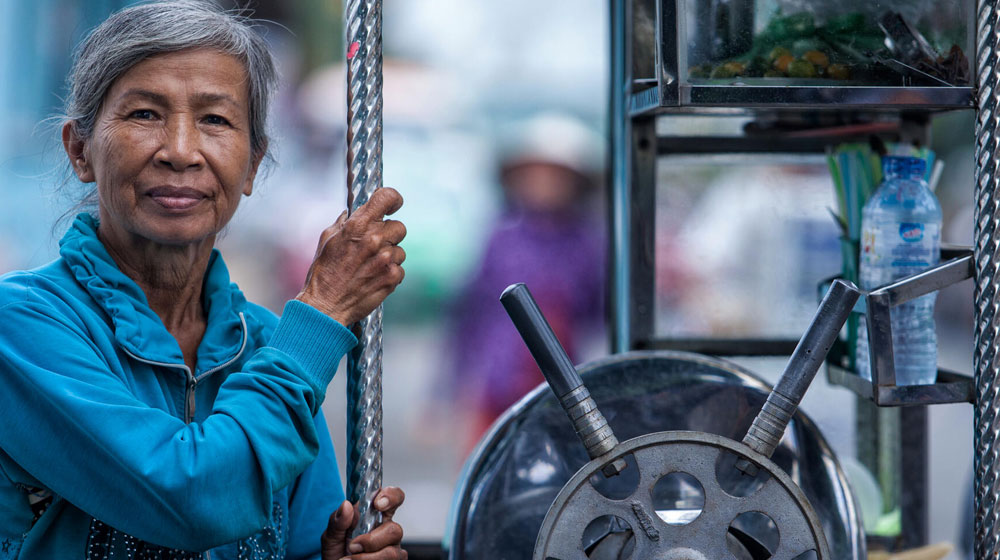The world is undergoing the largest wave of urban growth in history.
More than half of the world’s population now lives in cities and towns, and by 2030, this number is estimated to increase – to about 5 billion. Much of this urbanization will unfold in Africa and Asia, bringing huge social, economic and environmental transformations.
Urbanization has the potential to usher in a new era of well-being, resource efficiency and economic growth. But cities are also home to high concentrations of poverty. Nowhere is the rise of inequality clearer than in urban areas, where wealthy communities coexist alongside, and separate from, slums and informal settlements.
Today, population growth largely means urban population growth. UN projections show that the world’s rural population has already stopped growing, but the world can expect to add close to 500 million urbanites in the next 15 years, and 2 billion by 2050. How the world meets the challenge of sustainable cities will be intimately tied to the urbanization process and directly impact its success.
For many, cities represent a world of new opportunities, including jobs. There is a powerful link between urbanization and economic growth. Around the world, towns and cities are responsible for more than 80 per cent of the gross national product. Yet urban poverty is also growing around the world, largely due to the fact that many people, including the poor, are moving to urban areas.
The opportunities in cities extend beyond just jobs. Cities also offer greater opportunities for social mobilization and women’s empowerment. Many young people, especially young women, regard the move to cities as an opportunity to escape traditional patriarchy and experience new freedoms. Urban areas also offer greater access to education and health services, including sexual and reproductive health care, further promoting women’s empowerment and the realization of reproductive rights. This contributes to significantly reduced fertility in urban areas, changing the trajectory of overall population growth.
The urbanization process is particularly pronounced in Africa and Asia, where much of the world’s population growth is taking place. Rapid urbanization presents both challenges and opportunities for sustainability. If the right policies are put in place, urbanization can be an enormous opportunity for sustainability. Urban living has the potential to use resources more efficiently, to create more sustainable land use and to protect the biodiversity of natural ecosystems.
Despite trends of rapid urbanization in many countries, historically there has not been a commonly accepted demographic definition of what “urban” actually means. Countries define urban areas based on local standards. This practice undermines the ability to compare and contrast location-specific shortfalls in a standardized way, or to identify systematic issues based on the degree of urbanization across multiple countries.
A new harmonized definition, named the Degree of Urbanization (DEGURBA), now facilitates international comparisons of urbanization. By defining three main classes of human settlements (cities, towns and semi-dense areas, and rural areas), the Degree of Urbanization captures the urban rural continuum. Through DEGURBA, the world will get a better understanding of urbanization, the opportunities it provides and its potential perils.
To improve the availability of comparable global data across urban and rural indicators, in July 2023, UNFPA, UN-Habitat and UNICEF, with support from the European Commission, jointly launched a three-year programme titled “Application of the DEGURBA approach to generate comparable urban data in selected countries.” The programme supports countries with the adoption and application of the global standardized definition of DEGURBA. The outputs of this collaboration provide a clear picture of geographic inequalities and locate the vulnerable groups with a high unmet need for family planning; child marriage; maternal mortality; or lack of access to services. The programme will also facilitate global monitoring of the urban dimensions of the Sustainable Development Goals and the New Urban Agenda, through disaggregating broader indicators related to sustainable development based on census and survey data.
The face of inequality is increasingly urban. Too many urban residents grapple with extreme poverty, exclusion, vulnerability and marginalization.
Urban land is expanding much faster than urban population, a phenomenon known as urban sprawl. It is driven in part by increasing urban land consumption by the wealthy and the increasing separation of rich and poor communities within cities. Sprawl undermines the efficiency of urban living, and it marginalizes poor people in remote or peripheral parts of cities, often in dense informal settlements or slums.
This phenomenon can eliminate the very opportunities people seek when they move to cities. Many people in slums lack ready access to health facilities. Others rely on private, unregulated providers for health services that are free in rural areas. In some urban slums, poor women have fertility rates closer to those of rural women. The urban poor also face risky and unhealthy living conditions, heavy pollution or high vulnerability to disasters.
Between 1990 and 2020, the percentage of the global urban population residing in slums declined from 46 per cent to 24 per cent. However, due to rapid urbanization in many developing nations, the actual number of individuals living in slums has inevitably increased.
The majority of those enduring slum-like conditions are concentrated in four key regions:
- Latin America and the Caribbean (95 million)
- Sub-Saharan Africa (230 million)
- Central Asia and Southern Asia (259 million)
- East and Southeastern Asia (306 million)
Presently, around 1.1 billion people inhabit slums or slum-like environments in cities, and an additional 2 billion are anticipated to do so over the next three decades.
UNFPA works with partners in government, the UN system and civil society to advocate for the welfare and sustainability of an increasingly urban world. The organization supports the provision of sexual and reproductive health services in urban slums, ensuring access to essential care for marginalized populations. To promote their development and inclusion, UNFPA builds the capabilities of young people to actively participate in and shape the urbanization process. UNFPA works to promote gender equality and eliminate gender-based violence among urban residents, addressing deep-rooted inequalities. UNFPA also supports the gathering of data about the needs and vulnerabilities of urban populations to inform more effective policies and programmes.
Updated 19 June 2024
